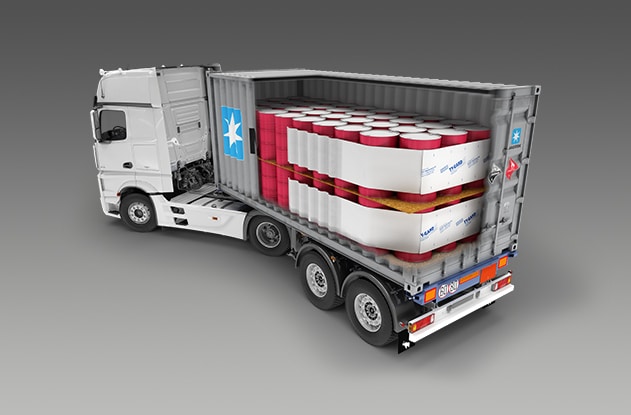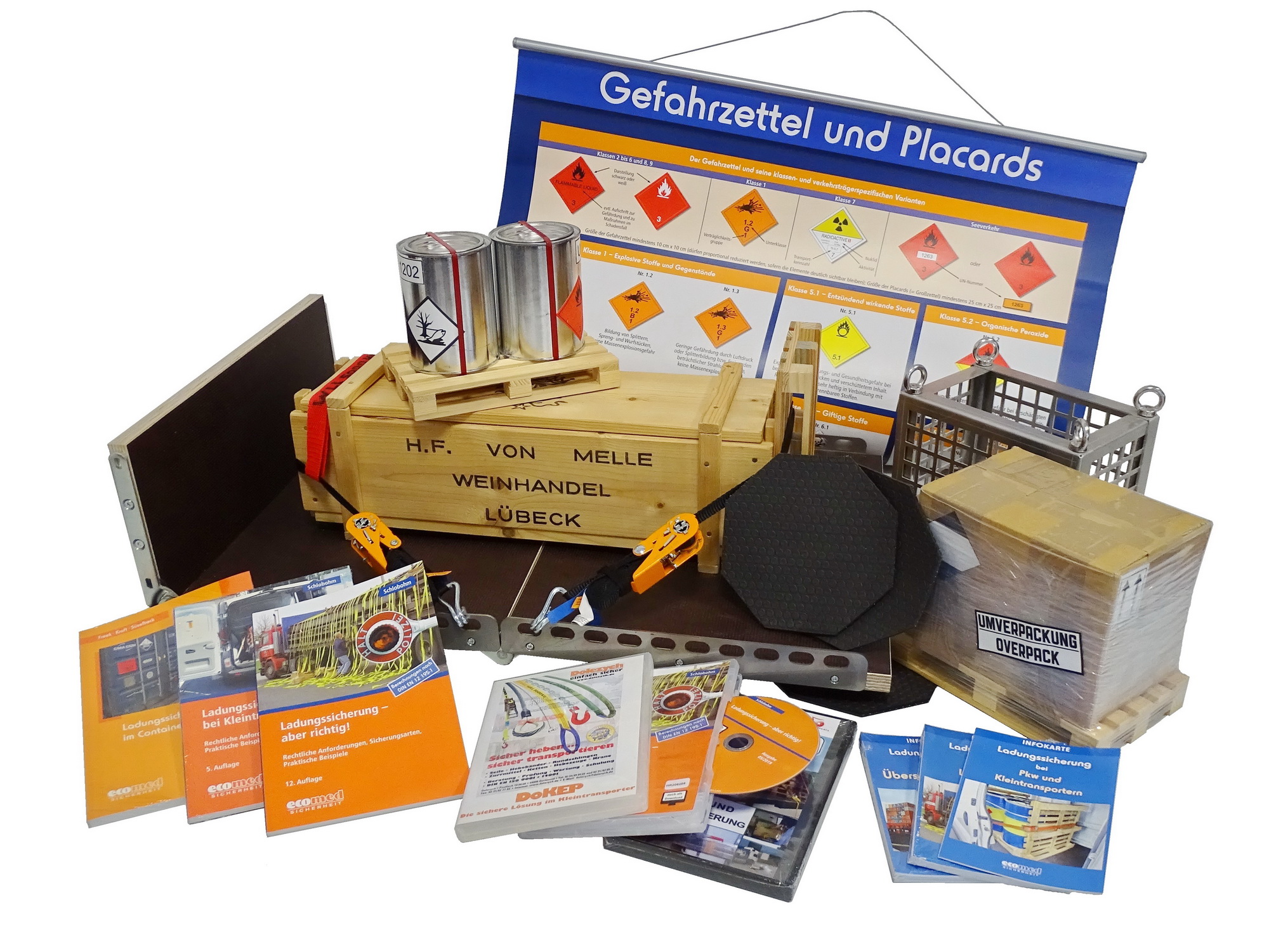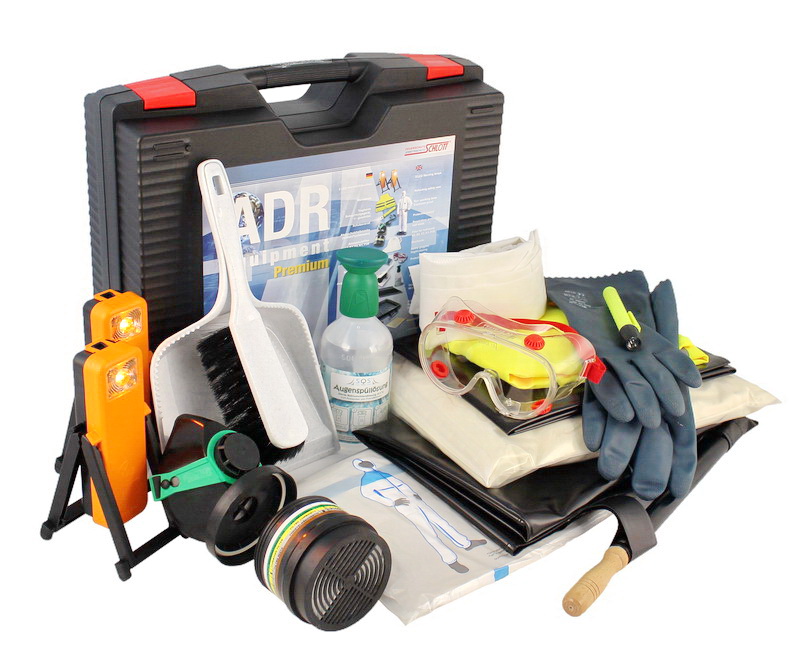€28.03*
This product will be released on 1 May 2025
Product information "Load securing in intermodal transport"
What you need to consider when securing loads for the intermodal transport of goods!
In the course of globalisation, long transport routes and the transport of load units in a chain of different modes of transport have become an integral part of world trade.
In order to get the load safely to its destination at all times, it must be optimally secured for both road and sea transport.
This combined load securing for so-called ‘intermodal transport’ has a number of special features, which are described in detail in this book: Depending on the mode of transport, the different G-forces must be taken into account, the necessary load securing calculated and the correct lashing equipment used.
From the contents:
Legal responsibilities, duties and liability Extracts from the relevant regulations and definitions in road and sea transport form the basis of these responsibilities
Physical principles:
Differences in forces in road and sea transport, tipping safety
Requirements for the transport vehicle and the container: vehicle superstructures, load capacities, lashing points and load distribution
Requirements for tight fit and tight fit in maritime transport
Legal provisions in accordance with the CTU Code
Selection of lashing and auxiliary equipment for load securing: lashing straps, edge protectors, lashing chains, lashing wire ropes and lashing wire rope straps, round slings and head straps as well as nets and tarpaulins
Types of load securing using lashing materials and determination/calculation of the required securing forces:
Tie-down lashing method also according to CTU code, diagonal lashing method, diagonal lashing, horizontal lashing, load securing in combination, head and bay lashing, direct lashing according to CTU code
Checklists:
Load securing in road transport, Packing of goods transport units, Acceptance/inspection of containers according to CSC
The chapters are concluded with ‘For your memory’ summaries. This ensures that you can memorise and repeat the most important points.
The checklists at the end of the book help you to quickly recall the knowledge and put it into practice.






